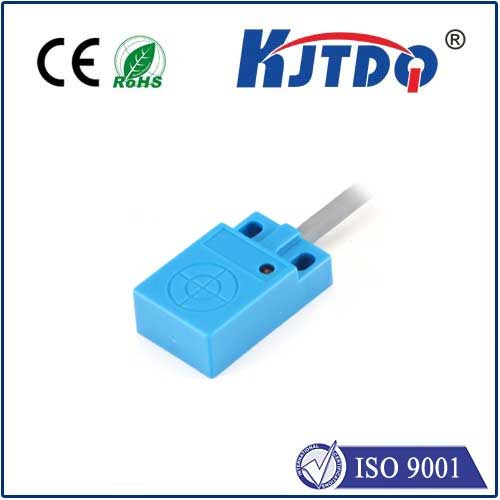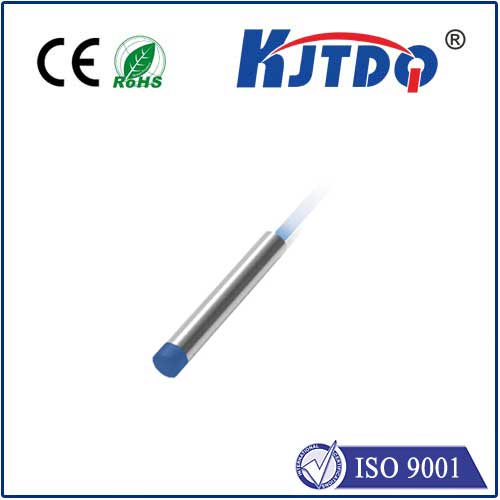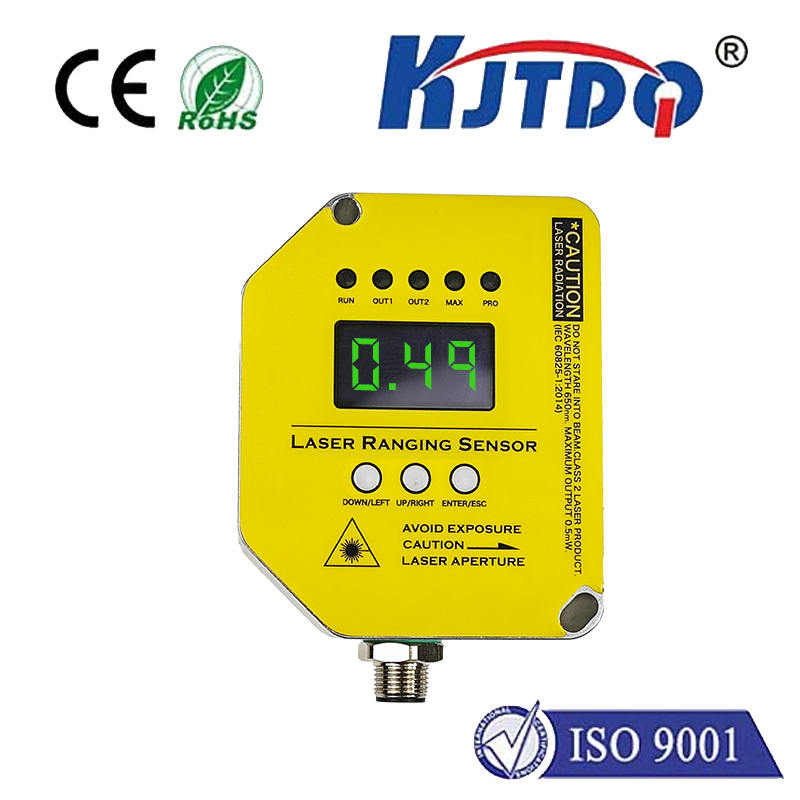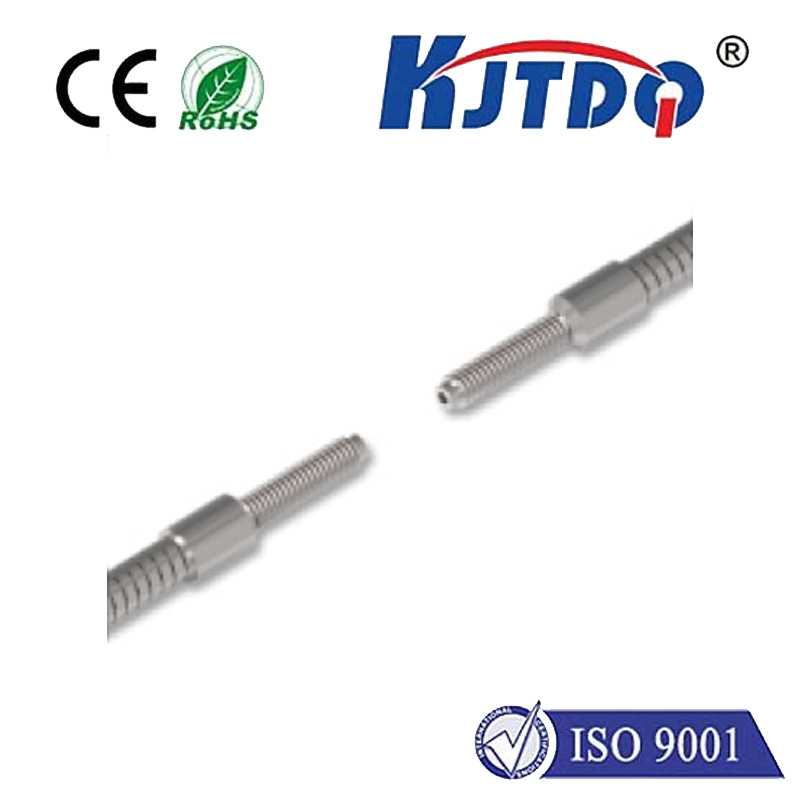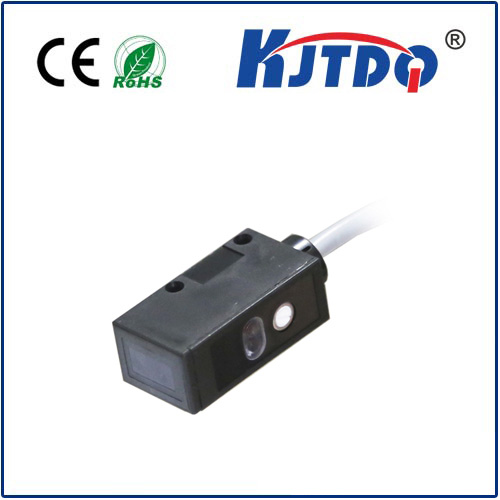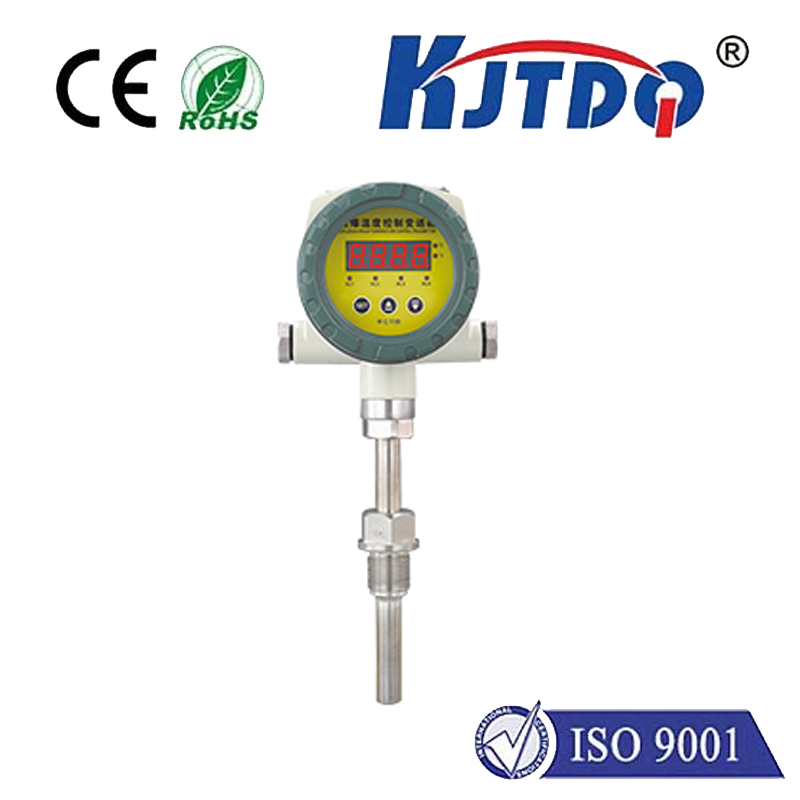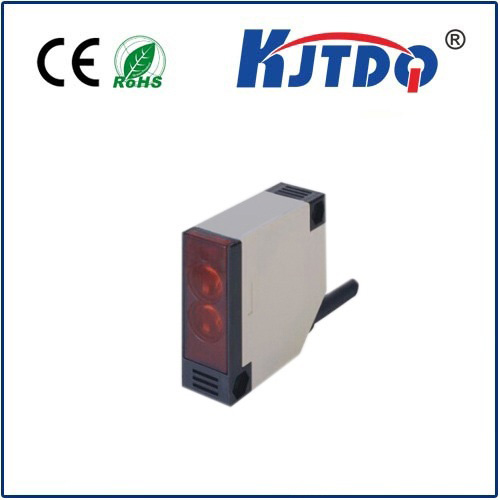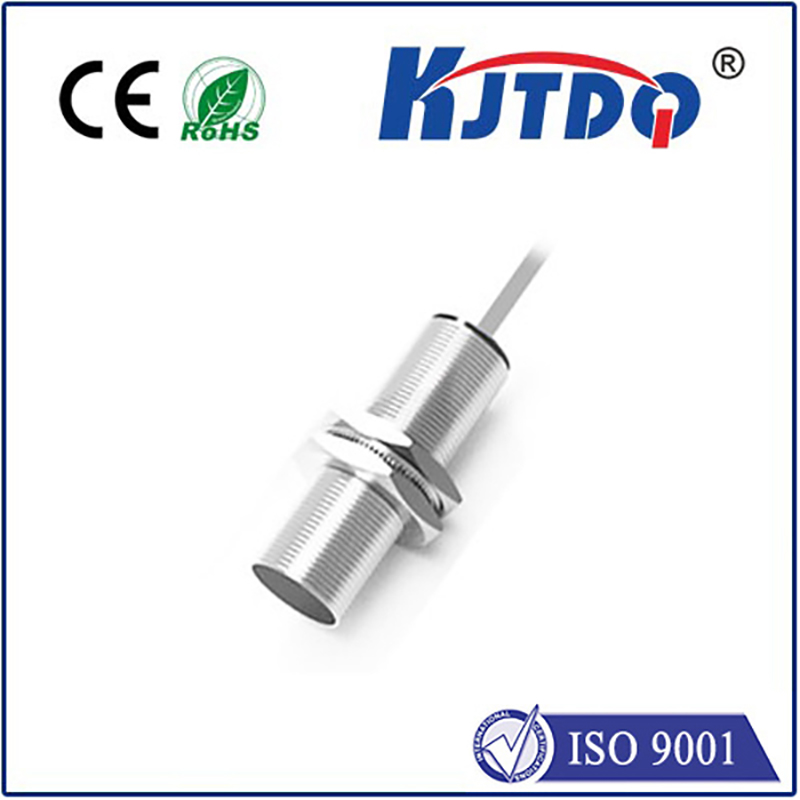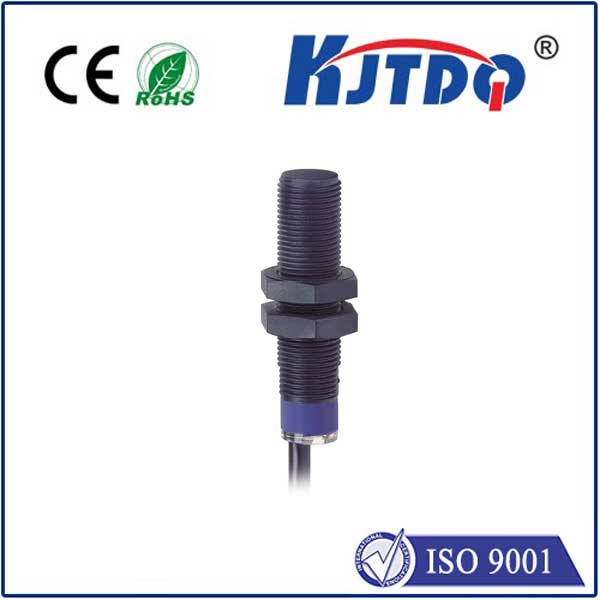
check

check

check

check
Title: Understanding Electric Limit Switches: Their Function and Importance in Electrical Systems
Electric limit switches are a crucial component in the functioning of electrical systems. They are mechanical devices used to control the flow of electrical current in various applications, such as machinery, vehicles, and appliances. In this article, we will explore the concept of electric limit switches, their structure, function, and importance in ensuring safe and efficient operation of electrical systems.
Part 1: Introduction to Electric Limit Switches
An electric limit switch is a type of mechanical device that is used to detect the opening or closing of an electrical circuit. It consists of two main parts: the switch actuator and the switch housing. The switch actuator is designed to move when the circuit is closed or opened, while the switch housing protects the internal components from external damage.
Part 2: Structure of Electric Limit Switches
The structure of an electric limit switch typically comprises the following components:
1. Actuator: This is the part that moves when the switch is triggered. It can be a lever, a disc, or a spring-loaded mechanism. The actuator is responsible for sending a signal to the control system indicating the state of the circuit (open or closed).
2. Housing: The housing encases the switch actuator and provides protection against external damage. It can be made of various materials such as plastic, metal, or ceramic.
3. Spring System: Some electric limit switches use a spring system to detect the position of the switch. The spring system helps to maintain stability and accuracy in detecting the open or closed position of the circuit.
4. Terminals: The terminals are used to connect the switch to the corresponding electrical components within the system. They may be male or female pins depending on the application.
Part 3: Function of Electric Limit Switches
The primary function of an electric limit switch is to provide a reliable and accurate indication of the open or closed position of an electrical circuit. When the switch is triggered (open), it sends a signal to the control system, which can then take appropriate action based on the state of the circuit. Here are some specific functions of electric limit switches:
1. Controlled Closure: Electric limit switches are used to ensure that electrical circuits close properly after being opened. By monitoring the opening and closing of the circuit, these switches can prevent damage to equipment and ensure safe operation.
2. Position Monitoring: Electric limit switches can also be used to monitor the position of moving parts within machinery or vehicles. By detecting changes in position, these switches can provide feedback to controllers and help optimize performance and efficiency.
3. Load Protection: Electric limit switches can be used to protect loads from excessive strain or damage caused by improperly closed circuits. By preventing circuits from opening too far, these switches can safeguard equipment and prolong its lifespan.
Part 4: Importance of Electric Limit Switches in Electrical Systems
The importance of electric limit switches in electrical systems cannot be overstated. Without proper detection and control mechanisms, electrical circuits can become unstable or even dangerous, leading to equipment failure, injury, or even loss of life in certain cases. Here are some reasons why electric limit switches are essential components in modern electrical systems:
1. Safety: Electric limit switches play a critical role in ensuring safety by providing accurate information about the state of electrical circuits. They help prevent accidents by alerting operators when circuits are open or closing incorrectly.
2. Reliability: Electric limit switches are designed to operate reliably under a wide range of conditions, including high temperatures, vibrations, and environmental factors like dust and moisture. Their consistent performance ensures smooth operation of electrical systems.
3. Energy Efficiency: By controlling the flow of electrical current precisely, electric limit switches help conserve energy in electrical systems. This not only reduces costs but also reduces greenhouse gas emissions associated with energy consumption.
In conclusion, electric limit switches are essential components in ensuring safe and efficient operation of electrical systems worldwide. Their precise detection and control mechanisms contribute significantly to improving safety, reliability, and energy efficiency in various applications
